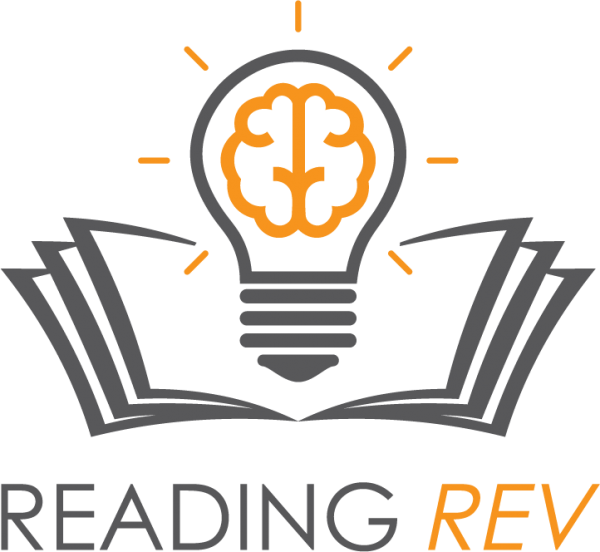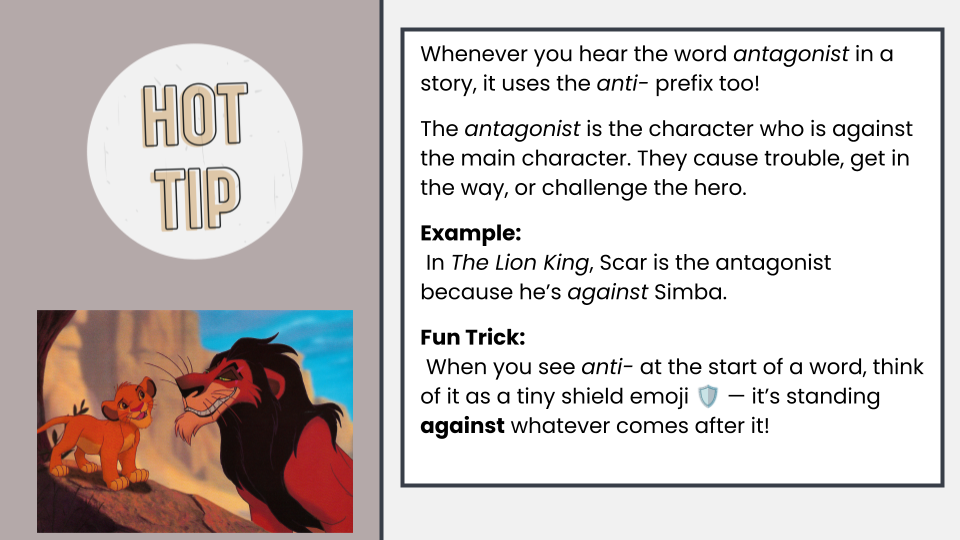Advanced Word Study:
an instructional bridge between decoding and comprehension that emphasizes the explicit teaching of complex phonics patterns and morphology
The Research:
-
Explanation:
Morphological instruction improves spelling by helping students understand the structure and logic of English spelling patterns, rather than relying solely on memorization.
Citation:
Claravall, E. (2016). Integrating Morphological Knowledge in Reading Intervention: Framework and Principles to Guide Special Education Teachers. Teaching Exceptional Children, 48(4), 195–203. https://doi.org/10.1177/0040059915623526 -
Explanation:
Advanced Word Study builds morphological awareness, enabling students to infer the meanings of unfamiliar words by analyzing roots and affixes—an essential skill for vocabulary growth in upper elementary grades.
Citation:
Nagy, W., Berninger, V., & Abbott, R. (2006). Contributions of morphology beyond phonology to literacy outcomes of upper elementary and middle-school students. -
Explanation:
Understanding how words are constructed supports comprehension, especially in content-rich texts, by helping students connect word parts to meaning.
Citation:
Carlisle, J. F. (2010). Effects of instruction in morphological awareness on literacy achievement: An integrative review.
About the Program
-
About the Program -
Component 1
The Teacher’s Guide
Key Lesson Components:
Engaging Hook:
Start with familiar words to spark curiosity about word structure.Explicit Instruction:
Teach the root and it’s fascinating history.Vocabulary Development:
Focus on high-utility examples using the unit slide deck.Guided Practice:
Students complete Morpheme Ladder puzzles that deepen understanding of word formation.Independent Application:
Students practice with word sums and using the new vocabulary in context.Review & Exit Ticket:
Lesson wraps with a quick reflection where students reflect on new learning.





Component 2
Pattern Slide Decks
Key Components & Benefits:
Provides Consistent, Explicit Instruction
Students receive clear, direct teaching of word meanings, parts of speech, and morpheme function—key for literacy growth.Strengthens Word Knowledge Across Content Areas
Instruction targets high-utility morphemes and academic vocabulary that students encounter in science, social studies, and math.Reinforces Meaning-Based Word Study
Students learn how words are formed and what they mean—supporting deeper comprehension and more strategic reading.Supports All Learners
Structured and scaffolded vocabulary instruction supports students with language-based learning differences while benefiting all students.Saves Teacher Prep Time
Ready-to-use slide decks reduce planning and prep time, ensuring high-quality instruction without the overwhelm.Promotes Student Engagement & Confidence
Visuals, examples, and guided practice make vocabulary instruction interactive and accessible—helping students take ownership of new words.
Component 3
Morpheme Ladders
Key Components & Benefits:
Deepens Morphemic Awareness
Students explore how prefixes, roots, and suffixes combine to form meaning—building their ability to analyze and decode unfamiliar words.Builds Word Families and Semantic Connections
Students discover how related words share morphemes and meanings—supporting vocabulary expansion and flexible word use.
Component 4
Student Practice
Key Components & Benefits:
Reinforces Vocabulary Through Application
By using new words in context, students move from passive recognition to active understanding and usage.Provides Embedded Review and Repetition
Students repeatedly encounter and manipulate target morphemes in varied contexts—solidifying long-term retention.
Component 5
Morphology Bulletin Board
Key Components & Benefits:
Promotes Ongoing Visual Reinforcement
Students see morphemes and example words daily, which strengthens memory through repeated exposure.Supports Independent Word Solving
Having roots, prefixes, and suffixes visibly posted encourages students to independently break down unfamiliar words across subjects.Connects Instruction Across Units
Morphemes learned in different lessons are visibly linked, helping students see recurring patterns and build word families.Saves Time and Strengthens Routines
Reduces repeated teacher explanations—students can refer to the wall during reading, writing, and vocabulary work.
“Recent research supports what many teachers already know — that students with developed understanding of how words are combinations of meaningful word parts — tend to have better vocabularies and stronger reading comprehension performance.”
— Kieffer & Lesaux
“Morphological awareness serves as a scaffold that enhances reading ability in the areas of word identification, semantics, fluency, and spelling.”



























